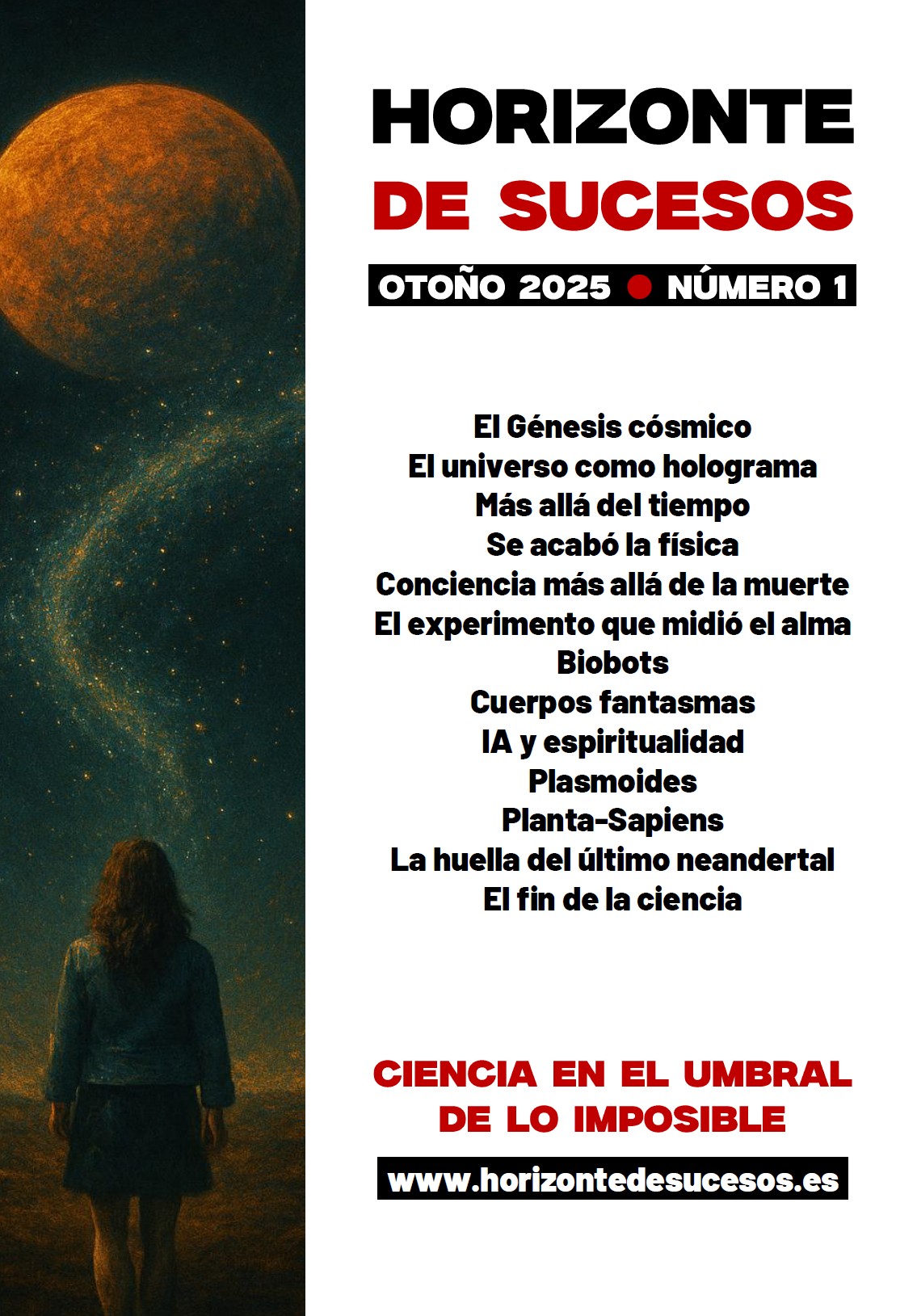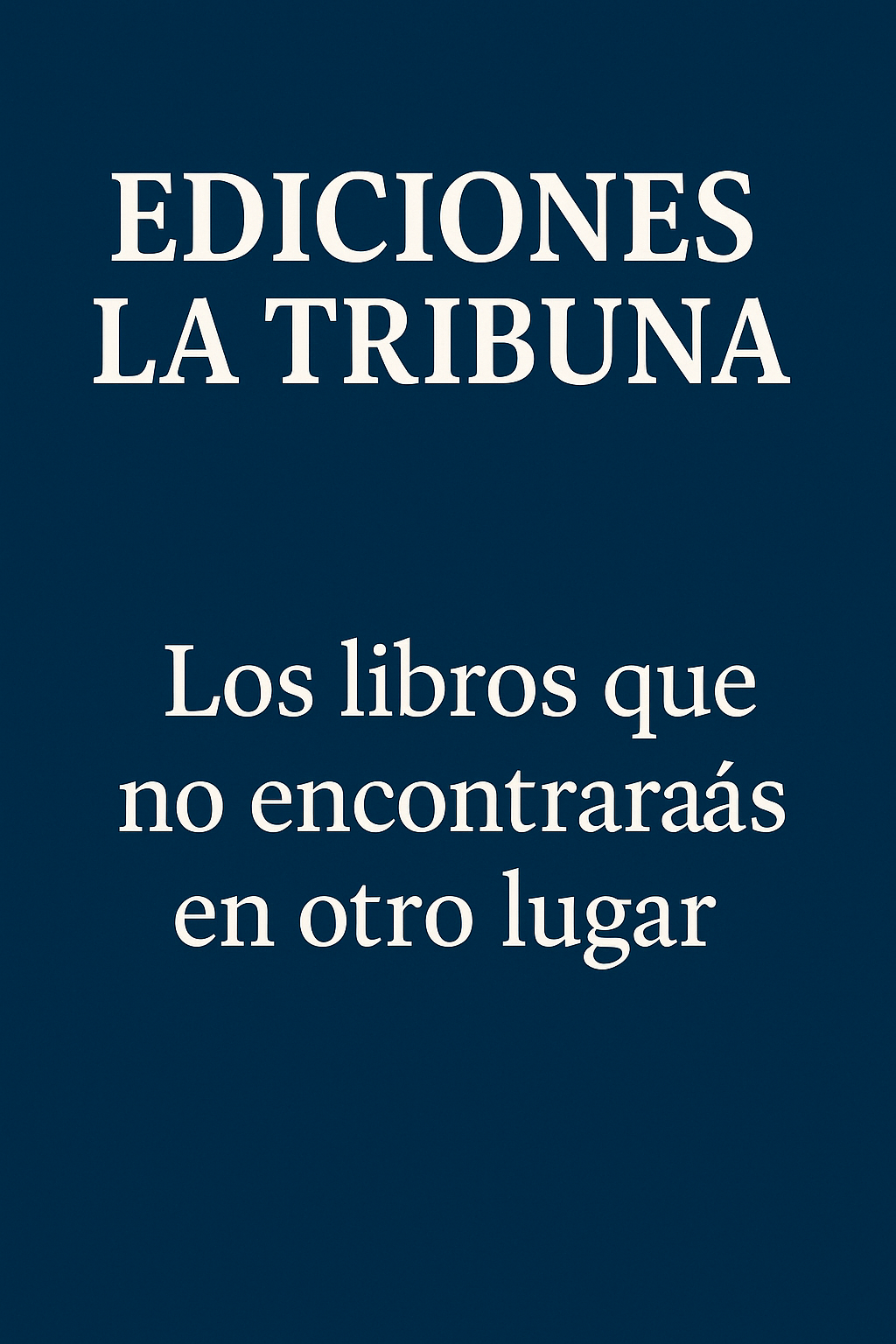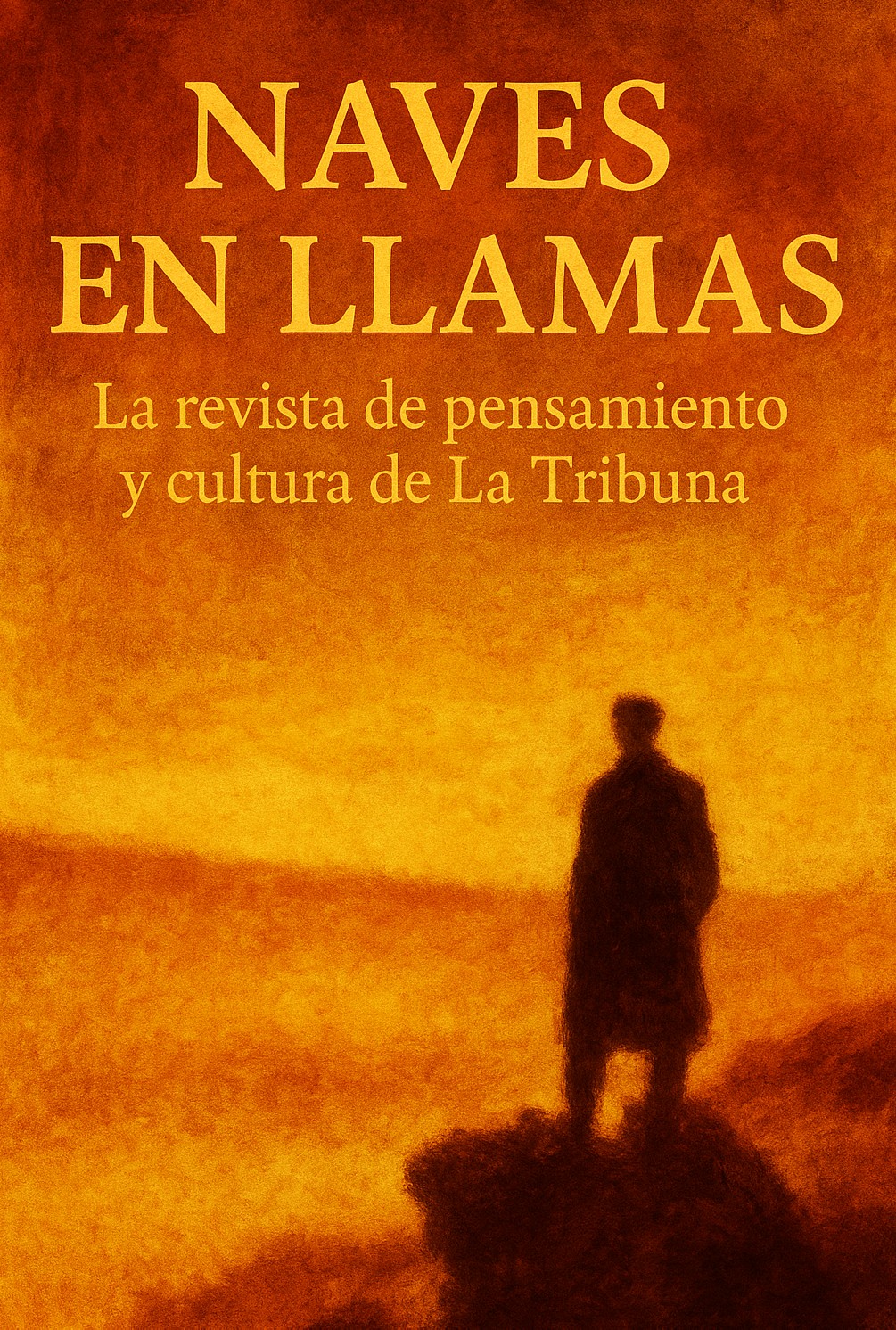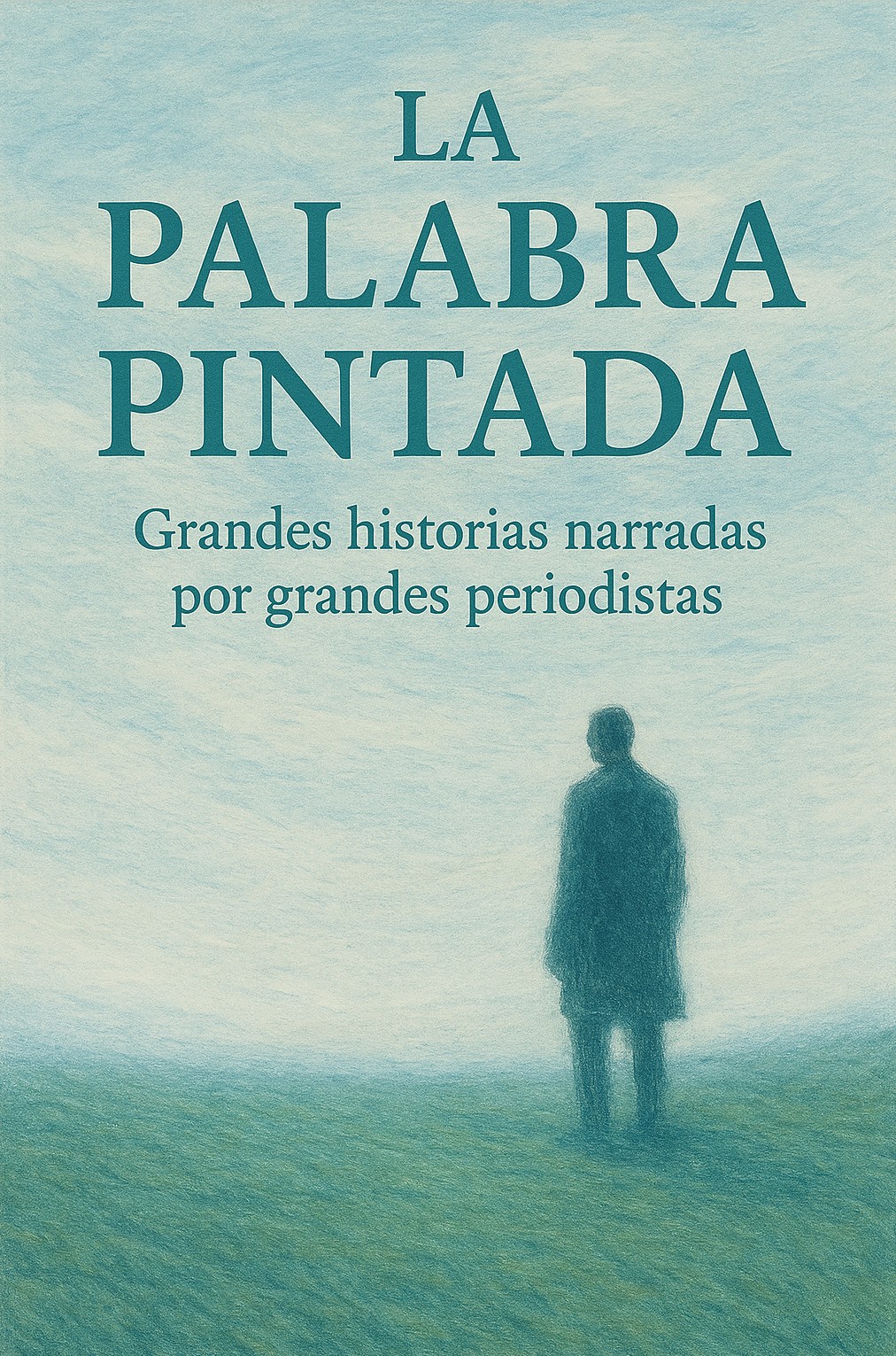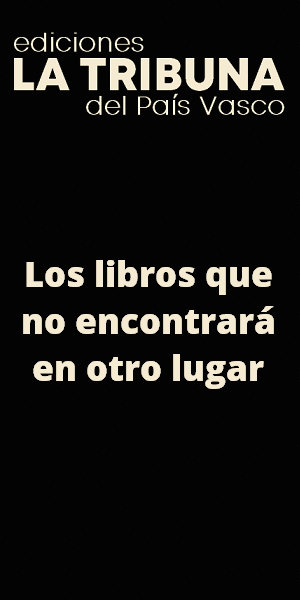Separatism in the Romanian nation and what could Spaniards learn from it for their own good
Separatism in the Republic of Moldova, the second Romanian state (the first being Romania) emerged as a form of Russian dominance over an ethnic Romanian province. Ironically speaking, one could say the entire nowadays Republic of Moldova is a large chunk of Romanian land inhabited by an ethnic Romanian majority of over 80% that still practices separatism towards its historical motherland, Romania. Realistically speaking, this is the truth, the whole truth and nothing but the truth. In 1812, Russians were kind enough to liberate the eastern part of Moldova, a Romanian principality similar to what Castile and Aragon were in the history of Spain, from Ottoman Turks. They only forgot to leave for another 106 years, until 1918, when Romanians from the eastern part of Moldova, situated between the rivers Prut (West) and Nistru (East) first proclaimed their independence from Russia, then joined the Kingdom of Romania by a free vote in their own Parliament, the Council of the Country (similar to the historical Spanish Cortes). There are, of course, a lot of details to this, that the imperialists from the Russian Empire, the Soviet Union or the nowadays Russian Federation speculated and still speculate, but the essence is this: never were the Romanian people in the eastern part of the Romanian Country of Moldova reduced to fewer than 65% of population.
They had every right in the world to reunite with their country, the old principality of Moldova, founded by an ethnic Romanian noble family in the year of Our Lord 1359, and united in 1859 by the free will of its free people from Iasi, the historical capital of Moldova, with the other Romanian principality of Wallachia (which Romanians from Moldova always called Muntenia, "the mountainous country", "wallachians" being a name for all Romanians that surrounding Slavic and Ugro-Finnic peoples give to Romance peoples, just like the Polish people call Italy "Wlochy2 in their own Polish language and the Hungarian people call Italy Olaszorszag – the country of Italians in Hungarian, the historical name for Romanians being "olah" in Hungarian; Moldova itself was being called Bogdan-Iflak (Vlach), meaning "Wallachia of Bogdan", the first independent Prince – "Domn”, from the latin word "Dominus” similar to the Spanish "Don”, of Moldova by the Ottoman Turks, while Muntenia was called Kara-Iflak, meaning "The Black Wallachia").
In 1859, Romanians from Moldova and Muntenia united in a single Principality with a single Domn (long form "Domnitor", "the Ruler, the one who rules", or Prince), Alexandru Ioan Cuza, who merged the two principalities in 1862 against the will of all the Great Powers of Europe of that time and created a single country for all Romanians, that exists today and which is called Romania.
In 1812, the Eastern part of Moldova, stolen by the Russians in 1812, joined the Kingdom of Romania, established in 1881 under His Royal Majesty Carol I Hohenzollern-Sigmaringen, by the Grace of God Prince of Romanians from 1866 until 1881 and King of Romanians from 1881 until his death in 1914, the longest reign in all of the history of the Romanian people, the Kingdom being established under his reign instead of the historic Principality model of ancient Romanian Monarchy. That land was renamed "Bessarabia" by the Russians in 1813 in order to prove at the Vienna Congres in 1815 that the land situated between Prut and Nistru is not Moldova anymore, but something else.
Little did the Russian generals from that time know that Bessarabia itself was a Romanian name, being derived from the medieval ruling dinasty of Wallachia, Basarab, which gave the most known Romanian medieval prince in the world, Vlad Ţepeş, known as Dracula for non-Romanians, a name which usually Romanians mock and laugh at, having every right to do so, because the real Prince Vlad the IIIrd Basarab (years of reign in Târgovişte, the medieval capital city of Wallachia, similar to Toledo for the Spanish Kingdom of Castille – 1448, 1456-1642, 1476) was a very religious man and was in no way a vampire in the contemporary "Twilight", "Blade” or "Buffy, the vampire slayer” acception.
Little did the Czarist Imperialists who had big plans but little wisdom to fulfill them without making enemies for several centuries along their criminal road know that Bessarabia was already the name of the south-eastern part of the teritory they had occupied from Moldova, the one which gave Moldova acces to the Black Sea and the Danube, and that part of the Romanian country of Moldova had that name because before being held by the rulers from Moldova it was a part of Wallachia, being held by Mircea the Elder Basarab, the grandfather of Vlad the IIIrd Basarab, the later being nicknamed "Ţepeş” (The impaler) by his subjects for his rather authoritarian methods of enforcing law and order across the land by ordering the impaling of thieves, murderers and traitors.
From 1812 until 1918, Russians tried to tell Moldovans from the Eastern part of Moldova that they were Bessarabians, then when in 1918 Moldovans from that territory united their own Fatherland from which they have been stolen a century in the past by Russia (the word for Fatherland is "Patrie” in Romanian), Romania, Russians changed their imperial policy and they started telling Moldovans from across the Nistru river, a territory inhabited by Romanians and Ukrainians known in Romanian as "Transnistria" (The land across the Nistru) that they were not Romanians, but a separated nation. This policy started under Lenin and Stalin in the USSR, in 1924, and it was imported on the west bank of Nistru in 1940, after USSR threatened to destroy the Kingdom of Romania if it does not surrender "Bessarabia and nothern Bukovina”, meaning 11 Romanian north-western counties ("judeţe", from "jude”, "regional judge", derived from the ancient Romanian Law which comes directly from the Roman judiciary sistem from the Provinces of the ancient Roman Empire; administratively Romania is divided even nowadays in 41 "judeţe” plus the Capital city of Bucharest). Romania saved its statehood and retreated its army and administration across the Prut river for one year, only to retake its own territory by war in 1941, holding it until August 1944 when superior Soviet military power forced the Romanian military out of Chişinău, the capital of the nowadays "Republic of Moldova” on August 24th 1944.
The Soviets reoccupied eastern Moldova and they proclaimed it as a Moldavian Soviet Socialist Republic, forcing the local Romanians to write with Russian letters and promoting a kind of "Moldavianlanguage" that was artificially created from Romanian popular words and Russian neologisms. They also killed by means of intentional and forced starvation, deportation to Siberia, executions and tortures about one third of the local Romanian population, almost 1.000.000 people from 1940 until 1941 and from 1944 until 1956. They stripped local Romanians of their elite, and the remaining population was subjected to targeted campaigns of brainwashing that instructed them to hate Romanians from Romania because they occupied Bessarabia from 1918 until 1940 and took it away from its true Motherland, Russia. This collective Stockholm sindrome, when the victim starts loving its executioner, still has its consequences today, when there are still ethnic Romanians in the Republic of Moldova who do not see themselves as Romania and do not want union with their own country, Romania.
In 1991, the Republic of Moldova proclaimed its independence along with the other former Soviet republics and adopted Romanian flag and anthem, and a variant of the Romanian herb, along with the passing of Romanian language there back to its normal Latin alphabet and the study of history of Romanians in schools and of the language with its normal name, Romanian.
But Russians opposed and they started a war against the Republic of Moldova using their army from the left bank of Nistru, from Transnistria, which was left there by Moscow just in case the Republic of Moldova wants to unite with Romania. After a war fought from March to August in 1992, the Russians were insuccesful in occupying Chişinău and were forced out of some villages east of Nistru by the Moldovan military forces and the Moldovan police.
But they still hold their army there in 2017, along with a puppet-state run by Russian citizens called "The Moldavian Nistrian Republic”", "republica moldovenească nistreană" – we do not use capital letters in Romanian because we do not recognise it as a state). They have 30.000 to 40.000 armed people with tanks, rocket sistems and other sofisticated weaponry ready to be sent across Nistru in every moment, given that the shortest distance from the Russian military checkpoints to the center of Chişinău, by road, is about 30 kilometers.
If one takes into account what is Russia doing nowadays in Ukraine, where it invaded this country in 2014 taking Crimea and the Eastern regions of Donetsk and Lugansk just like it did to the Republic of Moldova in 1992, one would expect war at Nistru in any second.
It is not the case, because Russia already has its puppet in the seat of President in Chişinău and his name is Igor Dodon. He is an ethnic Romanian from the Republic of Moldova who works for Russia for money, career and prestige disregarding the fact that he is betraying his own people.
Also, the Government in Chişinău is now controlled by a leftist party known for its neutral stance between Russia and the West and for its adherence to maintaining the "Republic of Moldova” experiment which begen in 1991, the Democratic Party of Moldova. This party is oficially led now by Vladimir Plahotniuc, one of the Republic of Moldova’s richest tycoons, with a fortune estimated at over 1 billion Euros.
So, Russia has all chances of reoccupying the Republic of Moldova as a whole by forcing a merger between the “Moldavian Nistrian Republic” (Transnistria) and the governing bodies in Chişinău, without firing a single shot.
Moldovan citizens will agree, because they are preoccupied with their own survival more than with where the Republic of Moldova is going, West to Romania, European Union, NATO and the USA, or East to Russia.
It may seem sad to a foreigner – to Romanians from Romania and the Republic of Moldova is tragic – but it is a fact and it is true, and it is better to look at the truth, to understand the facts and try to do something about it, than to live in denial.
But Spaniards have to learn a lesson from the Romanian Nation’s experience of living now into two separate states, one of which still has Russian occupation troops on its territory. Spaniards have to learn that the unity of their Country and Kingdom is a gift from God Allmighty that we all European Christians pray to and beg for forgiveness. And all of them, citizens of Spain and loyal subjects to His Majesty King Felipe VI, should protect their unity from all external and internal threats.
Separatism in the Republic of Moldova, the second Romanian state (the first being Romania) emerged as a form of Russian dominance over an ethnic Romanian province. Ironically speaking, one could say the entire nowadays Republic of Moldova is a large chunk of Romanian land inhabited by an ethnic Romanian majority of over 80% that still practices separatism towards its historical motherland, Romania. Realistically speaking, this is the truth, the whole truth and nothing but the truth. In 1812, Russians were kind enough to liberate the eastern part of Moldova, a Romanian principality similar to what Castile and Aragon were in the history of Spain, from Ottoman Turks. They only forgot to leave for another 106 years, until 1918, when Romanians from the eastern part of Moldova, situated between the rivers Prut (West) and Nistru (East) first proclaimed their independence from Russia, then joined the Kingdom of Romania by a free vote in their own Parliament, the Council of the Country (similar to the historical Spanish Cortes). There are, of course, a lot of details to this, that the imperialists from the Russian Empire, the Soviet Union or the nowadays Russian Federation speculated and still speculate, but the essence is this: never were the Romanian people in the eastern part of the Romanian Country of Moldova reduced to fewer than 65% of population.
They had every right in the world to reunite with their country, the old principality of Moldova, founded by an ethnic Romanian noble family in the year of Our Lord 1359, and united in 1859 by the free will of its free people from Iasi, the historical capital of Moldova, with the other Romanian principality of Wallachia (which Romanians from Moldova always called Muntenia, "the mountainous country", "wallachians" being a name for all Romanians that surrounding Slavic and Ugro-Finnic peoples give to Romance peoples, just like the Polish people call Italy "Wlochy2 in their own Polish language and the Hungarian people call Italy Olaszorszag – the country of Italians in Hungarian, the historical name for Romanians being "olah" in Hungarian; Moldova itself was being called Bogdan-Iflak (Vlach), meaning "Wallachia of Bogdan", the first independent Prince – "Domn”, from the latin word "Dominus” similar to the Spanish "Don”, of Moldova by the Ottoman Turks, while Muntenia was called Kara-Iflak, meaning "The Black Wallachia").
In 1859, Romanians from Moldova and Muntenia united in a single Principality with a single Domn (long form "Domnitor", "the Ruler, the one who rules", or Prince), Alexandru Ioan Cuza, who merged the two principalities in 1862 against the will of all the Great Powers of Europe of that time and created a single country for all Romanians, that exists today and which is called Romania.
In 1812, the Eastern part of Moldova, stolen by the Russians in 1812, joined the Kingdom of Romania, established in 1881 under His Royal Majesty Carol I Hohenzollern-Sigmaringen, by the Grace of God Prince of Romanians from 1866 until 1881 and King of Romanians from 1881 until his death in 1914, the longest reign in all of the history of the Romanian people, the Kingdom being established under his reign instead of the historic Principality model of ancient Romanian Monarchy. That land was renamed "Bessarabia" by the Russians in 1813 in order to prove at the Vienna Congres in 1815 that the land situated between Prut and Nistru is not Moldova anymore, but something else.
Little did the Russian generals from that time know that Bessarabia itself was a Romanian name, being derived from the medieval ruling dinasty of Wallachia, Basarab, which gave the most known Romanian medieval prince in the world, Vlad Ţepeş, known as Dracula for non-Romanians, a name which usually Romanians mock and laugh at, having every right to do so, because the real Prince Vlad the IIIrd Basarab (years of reign in Târgovişte, the medieval capital city of Wallachia, similar to Toledo for the Spanish Kingdom of Castille – 1448, 1456-1642, 1476) was a very religious man and was in no way a vampire in the contemporary "Twilight", "Blade” or "Buffy, the vampire slayer” acception.
Little did the Czarist Imperialists who had big plans but little wisdom to fulfill them without making enemies for several centuries along their criminal road know that Bessarabia was already the name of the south-eastern part of the teritory they had occupied from Moldova, the one which gave Moldova acces to the Black Sea and the Danube, and that part of the Romanian country of Moldova had that name because before being held by the rulers from Moldova it was a part of Wallachia, being held by Mircea the Elder Basarab, the grandfather of Vlad the IIIrd Basarab, the later being nicknamed "Ţepeş” (The impaler) by his subjects for his rather authoritarian methods of enforcing law and order across the land by ordering the impaling of thieves, murderers and traitors.
From 1812 until 1918, Russians tried to tell Moldovans from the Eastern part of Moldova that they were Bessarabians, then when in 1918 Moldovans from that territory united their own Fatherland from which they have been stolen a century in the past by Russia (the word for Fatherland is "Patrie” in Romanian), Romania, Russians changed their imperial policy and they started telling Moldovans from across the Nistru river, a territory inhabited by Romanians and Ukrainians known in Romanian as "Transnistria" (The land across the Nistru) that they were not Romanians, but a separated nation. This policy started under Lenin and Stalin in the USSR, in 1924, and it was imported on the west bank of Nistru in 1940, after USSR threatened to destroy the Kingdom of Romania if it does not surrender "Bessarabia and nothern Bukovina”, meaning 11 Romanian north-western counties ("judeţe", from "jude”, "regional judge", derived from the ancient Romanian Law which comes directly from the Roman judiciary sistem from the Provinces of the ancient Roman Empire; administratively Romania is divided even nowadays in 41 "judeţe” plus the Capital city of Bucharest). Romania saved its statehood and retreated its army and administration across the Prut river for one year, only to retake its own territory by war in 1941, holding it until August 1944 when superior Soviet military power forced the Romanian military out of Chişinău, the capital of the nowadays "Republic of Moldova” on August 24th 1944.
The Soviets reoccupied eastern Moldova and they proclaimed it as a Moldavian Soviet Socialist Republic, forcing the local Romanians to write with Russian letters and promoting a kind of "Moldavianlanguage" that was artificially created from Romanian popular words and Russian neologisms. They also killed by means of intentional and forced starvation, deportation to Siberia, executions and tortures about one third of the local Romanian population, almost 1.000.000 people from 1940 until 1941 and from 1944 until 1956. They stripped local Romanians of their elite, and the remaining population was subjected to targeted campaigns of brainwashing that instructed them to hate Romanians from Romania because they occupied Bessarabia from 1918 until 1940 and took it away from its true Motherland, Russia. This collective Stockholm sindrome, when the victim starts loving its executioner, still has its consequences today, when there are still ethnic Romanians in the Republic of Moldova who do not see themselves as Romania and do not want union with their own country, Romania.
In 1991, the Republic of Moldova proclaimed its independence along with the other former Soviet republics and adopted Romanian flag and anthem, and a variant of the Romanian herb, along with the passing of Romanian language there back to its normal Latin alphabet and the study of history of Romanians in schools and of the language with its normal name, Romanian.
But Russians opposed and they started a war against the Republic of Moldova using their army from the left bank of Nistru, from Transnistria, which was left there by Moscow just in case the Republic of Moldova wants to unite with Romania. After a war fought from March to August in 1992, the Russians were insuccesful in occupying Chişinău and were forced out of some villages east of Nistru by the Moldovan military forces and the Moldovan police.
But they still hold their army there in 2017, along with a puppet-state run by Russian citizens called "The Moldavian Nistrian Republic”", "republica moldovenească nistreană" – we do not use capital letters in Romanian because we do not recognise it as a state). They have 30.000 to 40.000 armed people with tanks, rocket sistems and other sofisticated weaponry ready to be sent across Nistru in every moment, given that the shortest distance from the Russian military checkpoints to the center of Chişinău, by road, is about 30 kilometers.
If one takes into account what is Russia doing nowadays in Ukraine, where it invaded this country in 2014 taking Crimea and the Eastern regions of Donetsk and Lugansk just like it did to the Republic of Moldova in 1992, one would expect war at Nistru in any second.
It is not the case, because Russia already has its puppet in the seat of President in Chişinău and his name is Igor Dodon. He is an ethnic Romanian from the Republic of Moldova who works for Russia for money, career and prestige disregarding the fact that he is betraying his own people.
Also, the Government in Chişinău is now controlled by a leftist party known for its neutral stance between Russia and the West and for its adherence to maintaining the "Republic of Moldova” experiment which begen in 1991, the Democratic Party of Moldova. This party is oficially led now by Vladimir Plahotniuc, one of the Republic of Moldova’s richest tycoons, with a fortune estimated at over 1 billion Euros.
So, Russia has all chances of reoccupying the Republic of Moldova as a whole by forcing a merger between the “Moldavian Nistrian Republic” (Transnistria) and the governing bodies in Chişinău, without firing a single shot.
Moldovan citizens will agree, because they are preoccupied with their own survival more than with where the Republic of Moldova is going, West to Romania, European Union, NATO and the USA, or East to Russia.
It may seem sad to a foreigner – to Romanians from Romania and the Republic of Moldova is tragic – but it is a fact and it is true, and it is better to look at the truth, to understand the facts and try to do something about it, than to live in denial.
But Spaniards have to learn a lesson from the Romanian Nation’s experience of living now into two separate states, one of which still has Russian occupation troops on its territory. Spaniards have to learn that the unity of their Country and Kingdom is a gift from God Allmighty that we all European Christians pray to and beg for forgiveness. And all of them, citizens of Spain and loyal subjects to His Majesty King Felipe VI, should protect their unity from all external and internal threats.



